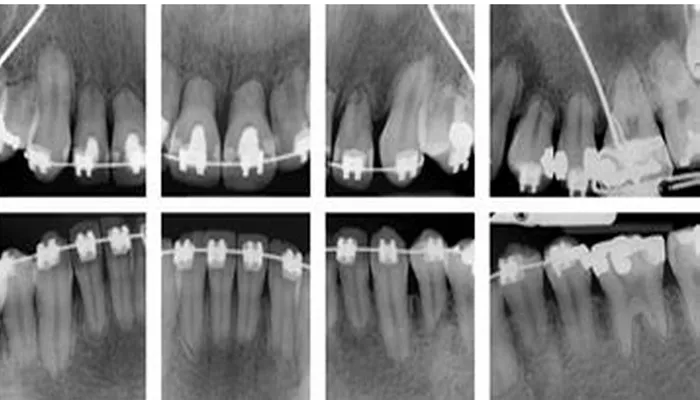Scaling and root planing (SRP) is a common dental procedure aimed at treating gum disease, particularly periodontitis. This non-surgical treatment involves the removal of plaque and tartar from both above and below the gum line, as well as smoothing the roots of the teeth to promote healing and prevent further bacterial growth. While SRP is effective in restoring gum health, many patients wonder about the healing process that follows. This article will explore the timeline for gum healing after scaling and root planing, detailing what to expect during recovery.
The Healing Process: An Overview
After undergoing scaling and root planing, patients can expect a range of healing timelines based on several factors, including the severity of gum disease, individual health conditions, and adherence to post-procedure care instructions.
Generally, the healing process can be broken down into several key phases:
Initial Healing (1-7 Days): The first week post-treatment is crucial for recovery. During this time, patients may experience some discomfort, swelling, and tenderness in the gums.
Continued Healing (1-2 Weeks): By the end of two weeks, most patients will notice significant improvements in gum health as inflammation decreases.
Long-Term Recovery (1 Month and Beyond): Complete healing and reattachment of gums to teeth can take several weeks to months, depending on individual circumstances.
Initial Healing: Days 1 to 7
Immediately following scaling and root planing, patients may experience:
Discomfort: Mild pain or discomfort is common and usually manageable with over-the-counter pain relief medications.
Swelling: Some swelling around the gums is expected as a natural response to treatment.
Sensitivity: Teeth may feel sensitive to hot or cold temperatures due to the removal of plaque and tartar, which can expose sensitive areas of the tooth.
During this period, it is essential to follow your dentist’s aftercare instructions. Recommended practices include:
Gentle Oral Hygiene: Brush your teeth gently with a soft-bristled toothbrush and avoid vigorous flossing until sensitivity decreases.
Dietary Adjustments: Avoid hard, crunchy, or sticky foods that could irritate sensitive gums. Soft foods are preferable during this initial healing phase.
Saltwater Rinse: Rinsing with warm salt water can help soothe irritated gums and promote healing.
Continued Healing: Days 8 to 14
By the end of two weeks post-treatment:
Reduction in Symptoms: Most patients will notice a significant reduction in swelling and discomfort. Any bleeding should also diminish as gums begin to heal.
Improved Gum Health: With proper oral hygiene practices in place, gums should start reattaching to the teeth, closing any pockets that may have formed due to gum disease.
Patients are encouraged to maintain their oral hygiene routine by:
Regular Brushing and Flossing: Continue gentle brushing twice daily and incorporate flossing as tolerated.
Follow-Up Appointments: Schedule follow-up visits with your dentist to monitor progress and make any necessary adjustments to your care plan.
Long-Term Recovery: One Month and Beyond
Complete healing after scaling and root planing can take anywhere from one month to several months. Factors influencing this timeline include:
Severity of Gum Disease: More advanced cases may require additional treatments or longer recovery times.
Individual Health Factors:Conditions such as diabetes or smoking can impede healing.
Adherence to Aftercare: Following post-treatment instructions closely will facilitate faster recovery.
During this phase, patients should continue with:
Regular Dental Check-Ups: Ongoing monitoring by your dentist ensures that any potential issues are addressed promptly.
Maintenance of Oral Hygiene Practices: Consistent brushing, flossing, and possibly using an antimicrobial mouthwash can help maintain gum health.
Factors Affecting Healing Time
Several individual factors can impact how long it takes for gums to heal after scaling and root planing:
Severity of Gum Disease: Patients with more severe periodontal disease may experience longer healing times due to deeper pockets around teeth that require more extensive care.
Overall Health: Pre-existing health conditions such as diabetes or autoimmune disorders can slow down the healing process.
Smoking Habits: Smoking has been shown to impair blood flow to the gums, which can significantly delay healing.
Post-Treatment Care Compliance: Following your dentist’s aftercare instructions is critical for optimal recovery.
Conclusion
In summary, while most patients can expect their gums to heal within 5 to 14 days following scaling and root planing, complete recovery may take longer based on individual circumstances. Proper post-treatment care is essential for promoting healing and preventing further gum disease.
Related topics:

